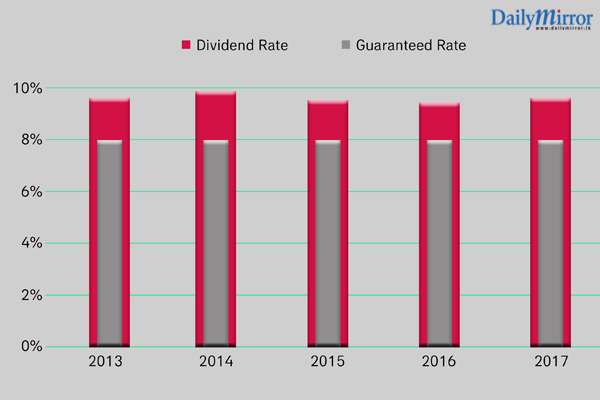ECONOMYNEXT - Sri Lankas' Sunshine Holdings Plc said it was planning to raise 775 million rupees from SBI Ven Holdings Pte Limited through a private placement.
The board of Sunshine Holdings had decided to place 11.923 million shares at 65 rupees with SBI Ven Holdings after seeking approval from shareholders, the firm said in a stock exchange filing.
The funds will be used to reduce debt which will reduce interest costs, the firm said.
The firm will call an extraordinary general meeting of shareholders to seek approval for the placement.
SBI Ven Holdings has an 10.99 percent stake in the firm which it bought at 50 rupees a share in March 2017.
The board of Sunshine Holdings had decided to place 11.923 million shares at 65 rupees with SBI Ven Holdings after seeking approval from shareholders, the firm said in a stock exchange filing.
The funds will be used to reduce debt which will reduce interest costs, the firm said.
The firm will call an extraordinary general meeting of shareholders to seek approval for the placement.
SBI Ven Holdings has an 10.99 percent stake in the firm which it bought at 50 rupees a share in March 2017.
